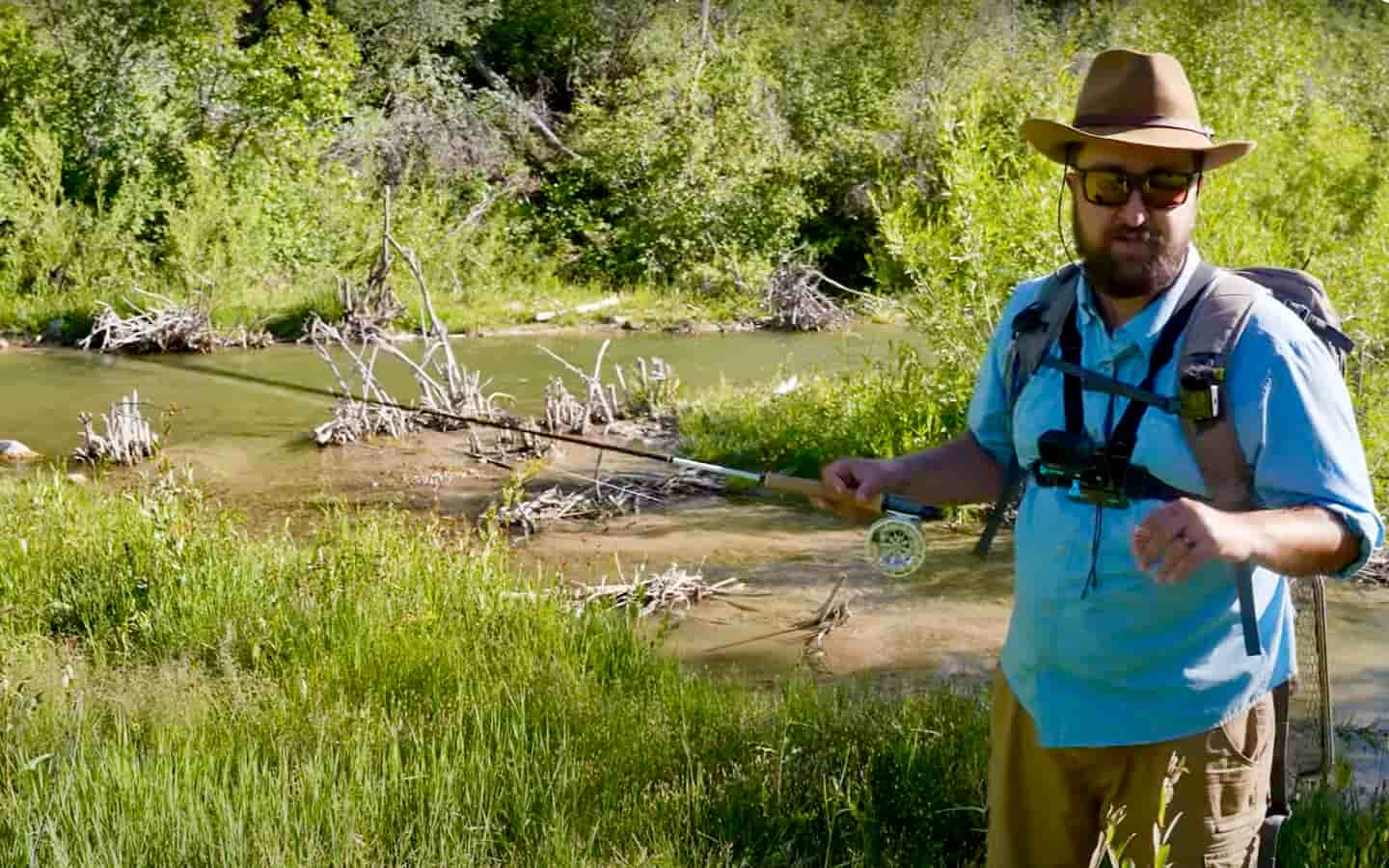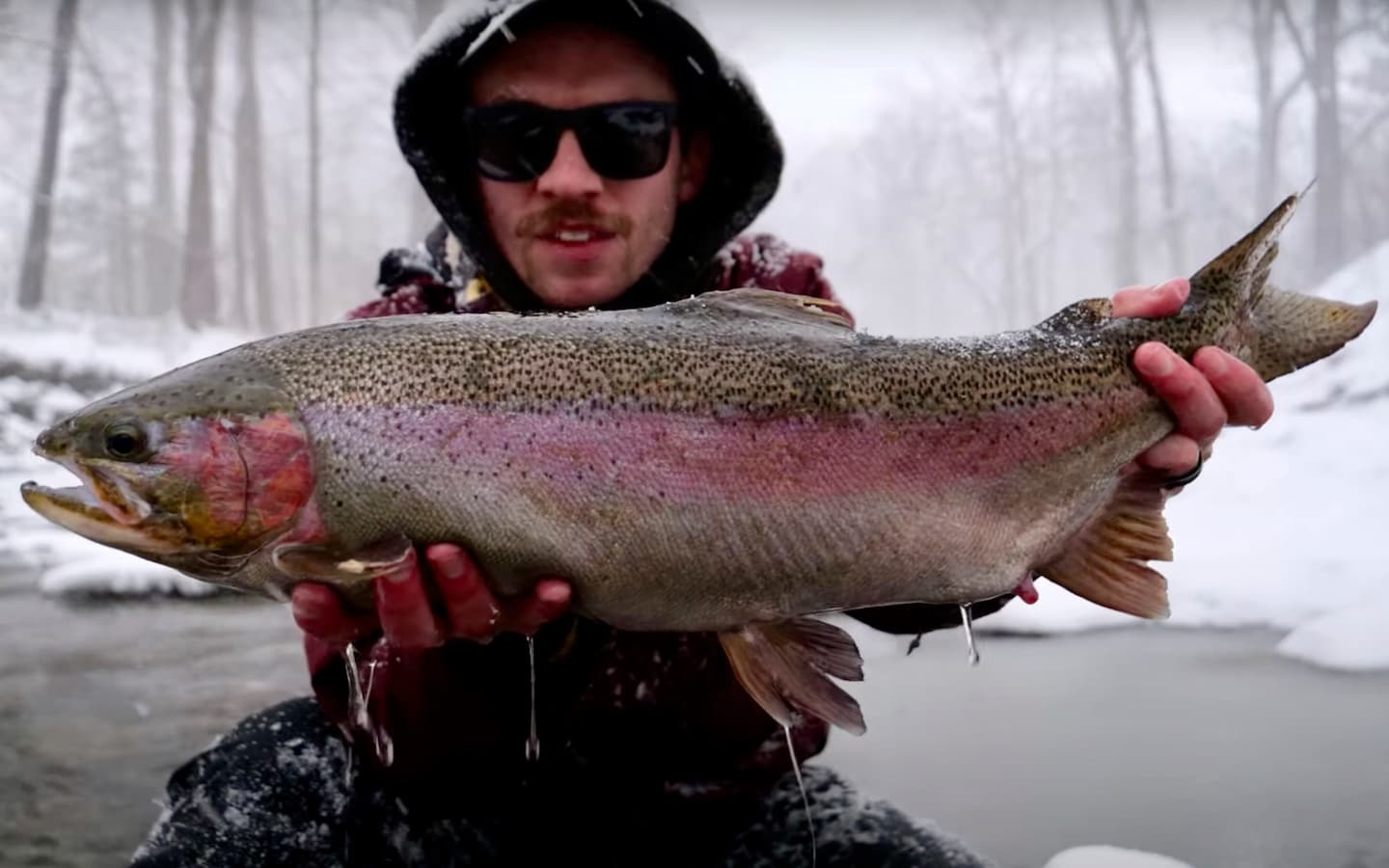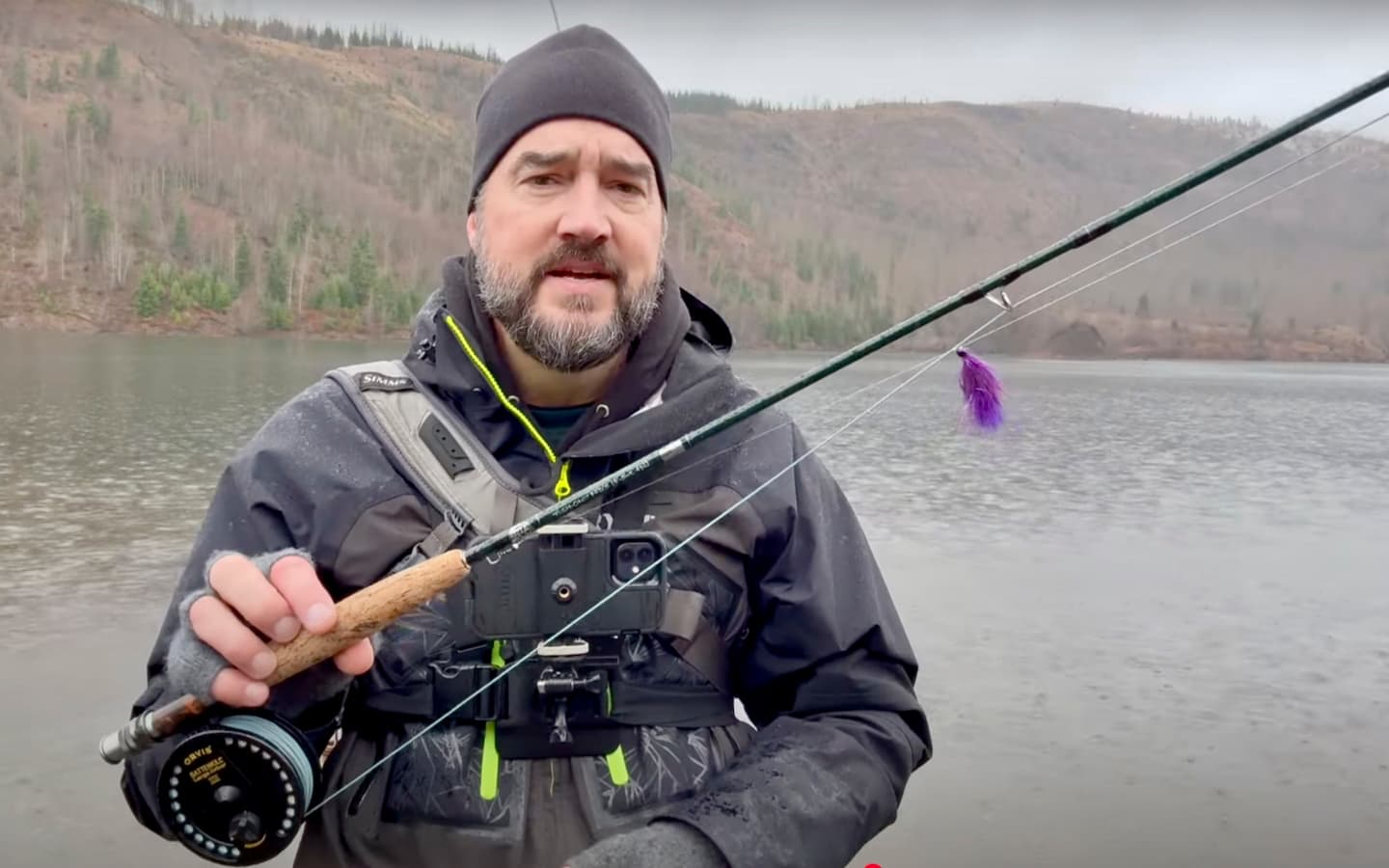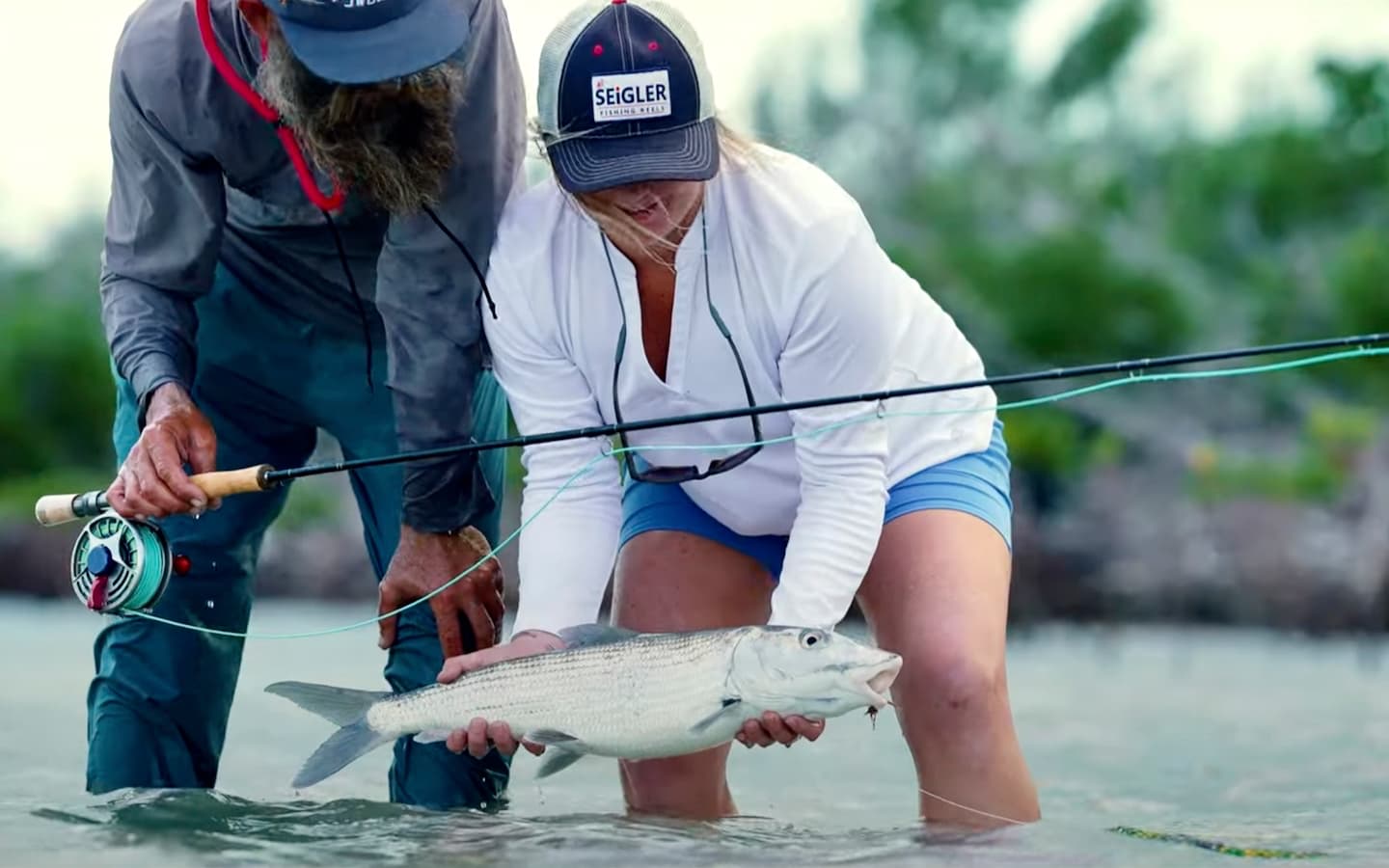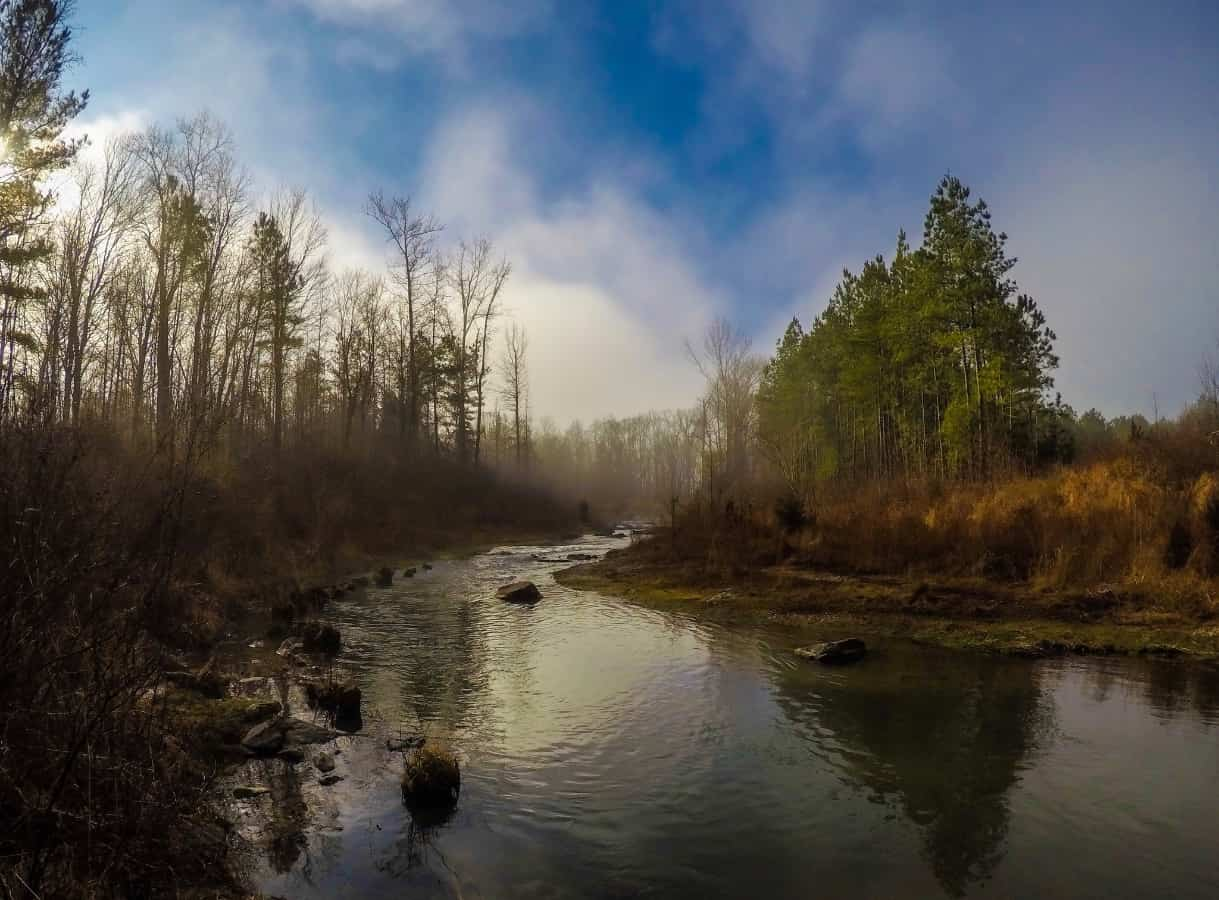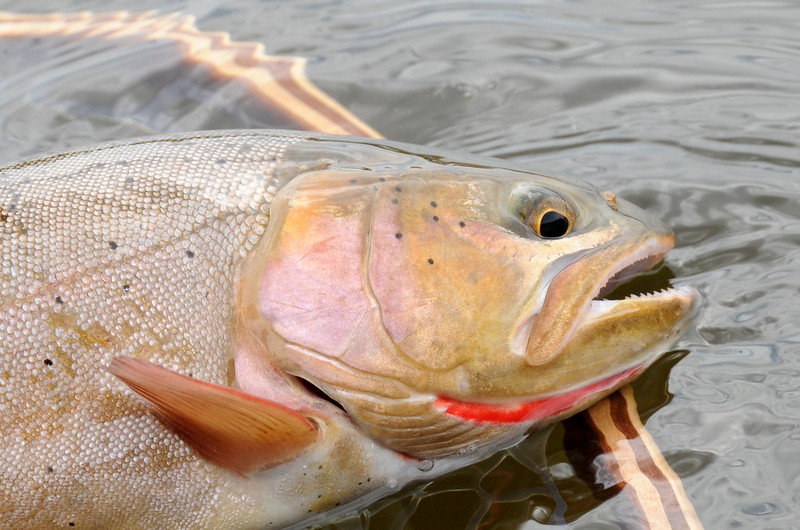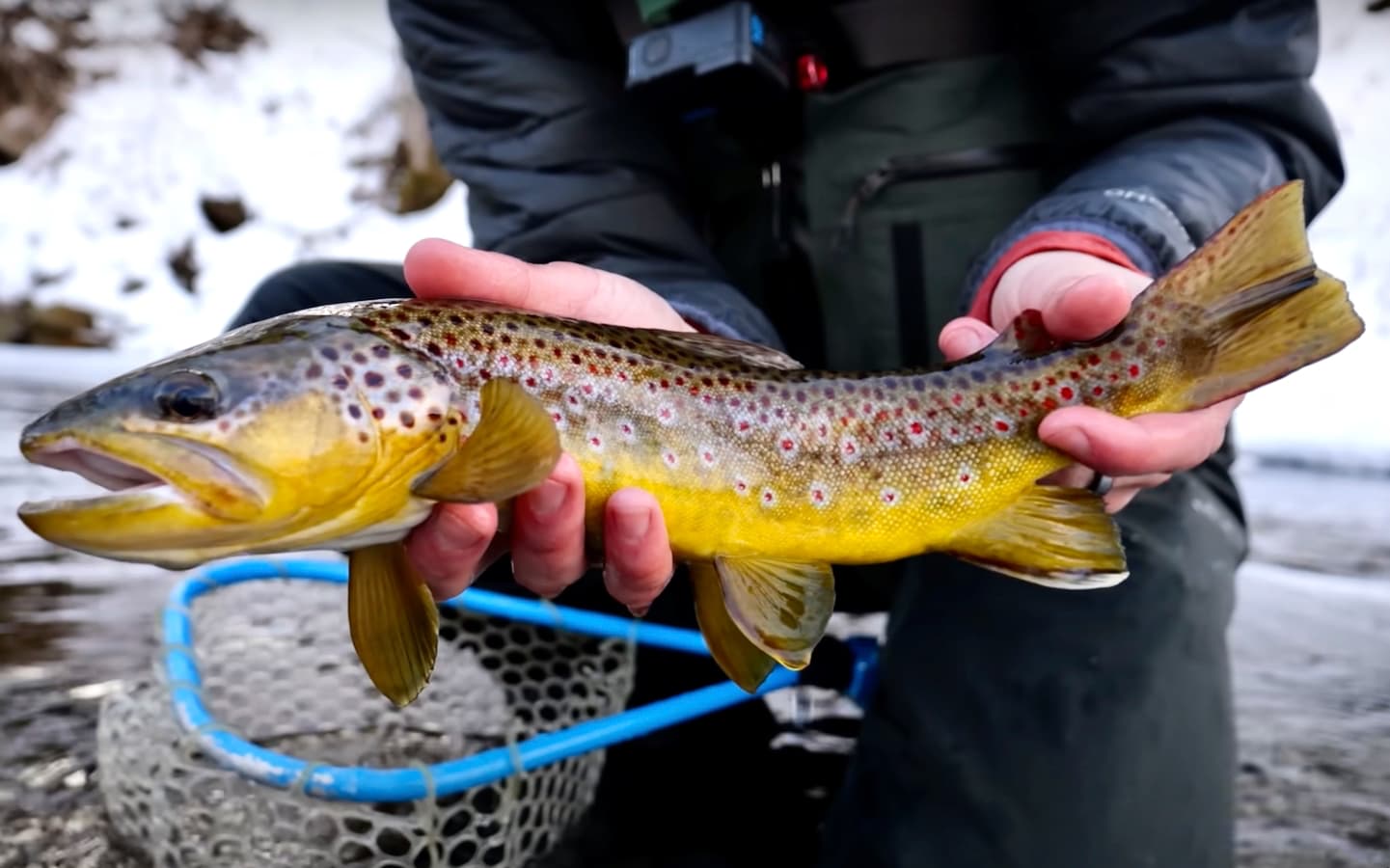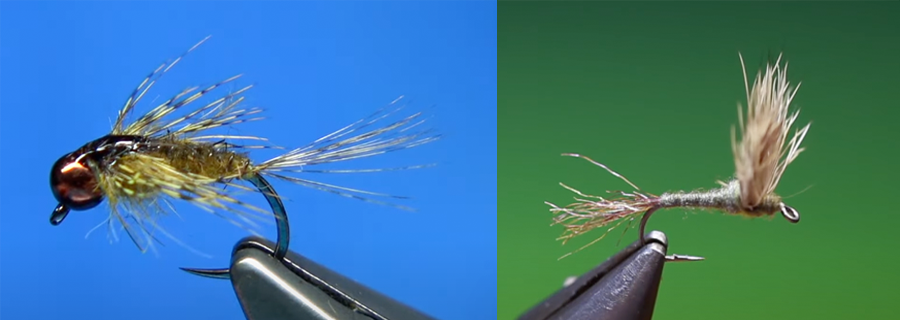Near-Term Plan Approved for Colorado River
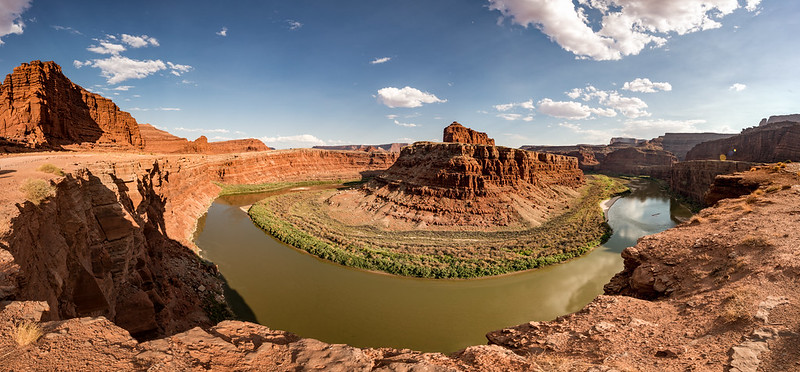
Photo: Bernd Thaller/Flickr
Federal officials recently gave their approval for a plan that will conserve water in the Colorado River in the near-term. This plan, as reported by Carter Williams at KSL, involves voluntary reductions in water that California, Nevada, and Arizona. Those reductions will total 3 million acre-feet by 2026, according to the reported agreement.
California, Nevada, and Arizona comprise the “Lower Basin” states in the Colorado River Basin. Wyoming, Colorado, Utah, and New Mexico comprise the “Upper Basin.” The Colorado River is in serious trouble, with low water levels at both Lake Powell and Lake Mead, the two largest storage reservoirs in the Colorado River system.
Water within the Colorado River is divvied up between states based on a 100-year-old agreement that was in place long before the West’s population exploded. Today, the Colorado River provides water to 40 million people, and supplies irrigation for most of the winter vegetables grown in America.
The reductions in water usage that the Lower Basin states agreed to are just one part of ongoing negotiations between all the states and the federal government to better manage the Colorado River. By voluntarily taking the water cuts, the Lower Basin states avoid a federally-mandated cuts – which could be more severe. The federal government will pay the Lower Basin states $1.2 billion to forgo that 3 million acre-feet of water through 2026.
For fly anglers, management of the Colorado River will have a direct impact on many fisheries in the West. Flaming Gorge Reservoir, the largest water-storage reservoir on the Green River (one of the Colorado’s largest tributaries) sent 500,000 acre-feet of water to Lake Powell last year to avoid Glen Canyon Dam losing the ability to generate power. That 500,000 acre-feet of water left critical kokanee spawning habitat open, which is just one of the many issues facing the world-class kokanee fishery in Flaming Gorge Reservoir.
If certain cuts aren’t agreed to and adhered to, we could see upstream reservoirs and rivers forced to send more water downstream, potentially endangering the few native species left in the upper Colorado River system, like cutthroat trout, pikeminnow, razorback suckers, and bonytail chub.
That the Lower Basin states voluntarily agreed to cuts is a good sign, but there’s still a ways to go in order to get river usage down to where the Bureau of Reclamation thinks they need to be. According to the Associated Press, the Bureau of Reclamation predicts that water users will need to reduce their usage by up to 4 million acre-feet to ensure enough water remains to meet hydroelectric and irrigation demands. To put that number into perspective, the Lower Basin states are entitled to 7.5 million acre-feet of water per year.
Ultimately, it’s likely all basin states will face mandatory cuts, unless the drought currently plaguing the West relents.
Costa's Marlin Fly Project
Grayling Return to Michigan
